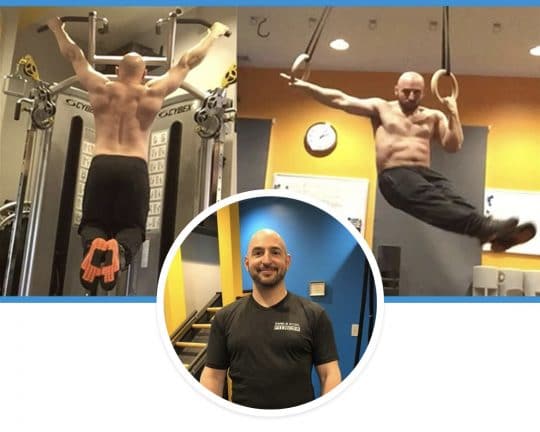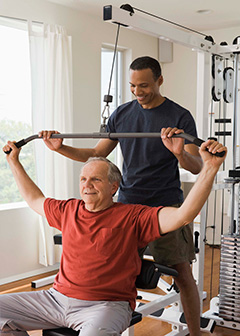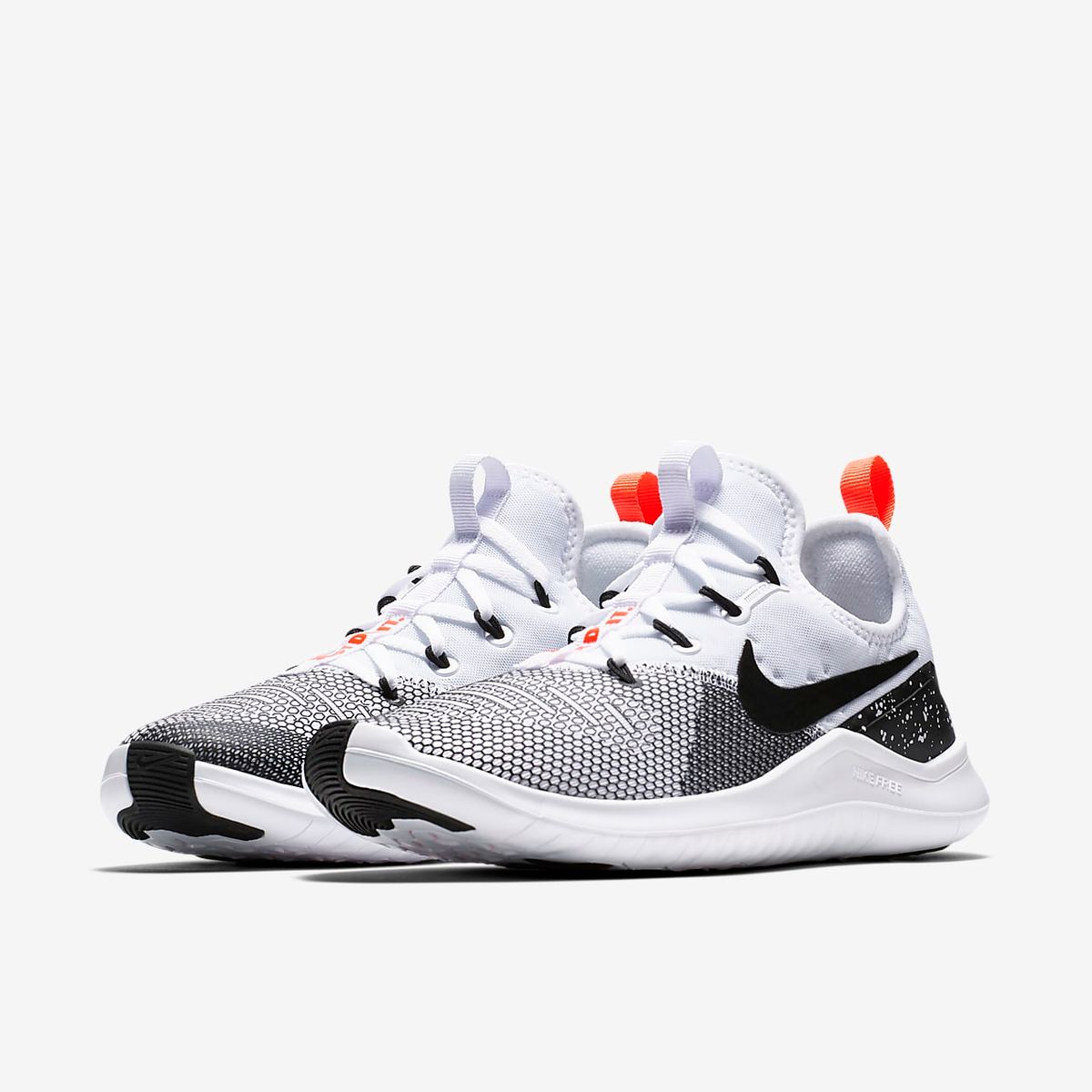
The upper body has a lot of muscle mass. This part of the body is important for building strength and toning up your entire body.
Many exercises can be done at home, from bodyweight exercises to weighted workouts. Whether you are just starting out or have been in the fitness world for a while, it is essential to find the right exercises that will challenge your muscles and give you results.
Start by doing beginner exercises to build muscle and strength. Once you have a good base of muscle strength, you can then progress to more demanding upper body workouts. This will help build your muscles and shape your physique.

Dumbbells and barbells are just two of the equipment you can use at home to work out your upper body. You can also find exercises on YouTube or in books that will guide you through a range of upper body workouts that will help you develop the strength and muscles you want.
Exercises for upper body muscles at home
Start with the basics. This will build your strength, and allow you to progress to more advanced exercises. This is an ideal way to build a strong foundation for your workouts while also helping to prevent injury.
1. Push-ups
To do a push-up, simply place your hands shoulder-width apart on the floor with your back straight. Slowly lower your chest until it is almost touching the ground, and then quickly push up. Clap your hands together to complete another rep.
2. Dips
Dips can be performed at home and are a good upper body exercise. They target many muscles, including those in the chest and triceps. You should always do a few sets of dips before moving on to more challenging ones, as this will build your strength and allow you to improve your form.

3. The superset includes both biceps and lats.
Consider doing an upper-body dumbbell workout that targets the major upper body muscles. The best thing about this type of workout is that it can be done at home.
4. Lat pull downs
The lats - the largest muscles on the upper back - love a good pulling. These are essential exercises for any upper body workout. They are especially useful if you can't lift a lot.
If you don't want to use dumbbells for this exercise, you can do it on the floor with a pair of dumbbells held in each arm. Just bend your waist forward until your torso is facing forward. You should be in a position to squeeze the back muscles while you lift up the weights. This will help build lats and your biceps.
FAQ
What are resistance training exercises?
Resistance training is performed with weights and other objects. Lifting weights helps strengthen your arms, shoulders, chest and back, as well as your legs, hips, and core. Resistance training increases muscle mass, bone density, and overall strength.
What is the importance of good nutrition?
Good nutrition is vital for our health. Healthy eating includes whole grains, fruits, vegetables, lean protein, dairy, and other healthy foods. A healthy diet will help you stay active and fit, which in turn leads to better overall health.
Which Is More Important: Exercise or Diet?
Your goals will dictate the answer. It is important to lose weight. If you are looking to build muscle mass, however, exercise is the best option. Finally, sleep is the least important factor since it only affects how well you perform during the day.
How does caffeine affect my sleep?
Caffeine can affect how quickly you fall asleep, and how well you sleep. Caffeine makes falling asleep easy by causing drowsiness. However, caffeine can keep you awake longer and make it more difficult to fall asleep. If you drink coffee or energy drinks right before bedtime, try drinking them later in the evening instead.
Should I drink alcohol when I work out?
It is important to limit your alcohol intake while you are working out. It is possible to increase your endurance by drinking moderate amounts of alcohol (one glass per day). It may also reduce fatigue from exercise and muscle aches.
Does exercise cause me to gain weight?
Not at all. Exercise can actually help you maintain your weight. When you work out regularly, you'll build muscles and increase your metabolism, helping you burn more calories throughout the day. This means you won't store as much fat in your body.
Statistics
- Physical activity confers the following maternal and fetal health benefits: a decreased risk of pre-eclampsia, gestational hypertension, gestational diabetes (for example, 30% reduction in risk) (who.int)
- An estimated 110,000 deaths per year could be prevented (cdc.gov)
- In 2018, the World Health Assembly agreed on a global target to reduce physical inactivity by 15% by 2030 and align with the Sustainable Development Goals. (who.int)
- According to the Centers for Disease Control and Prevention, chronic diseases cause 7 out of 10 deaths in the U.S., and treating chronic diseases accounts for 86% of U.S. healthcare costs. (mana.md)
External Links
How To
How to burn belly fat faster
When we are trying to lose weight, belly fat is often seen as a problem. But if you think about it, Belly Fat is actually a good thing. It is the fat in your stomach that protects your organs. Let's now see how to quickly lose belly fat.
The two main factors that make us store body fat are stress and lack of exercise. Because stress stimulates the release of cortisol hormone, it makes us hungry all the time. Cortisol increases insulin levels in our blood. Insulin then stores excess calories as fat. Insufficient sleep can lead to an increase in appetite and adrenaline release. These extra calories can easily be lost through exercise.
There are many methods to lose belly fat. You can choose to try any of these options, depending on your budget. These are some great tips to help you lose belly fat fast.
-
Eat less food. You should eat smaller meals throughout the day than you would if you ate three big meals. You'll eat fewer calories this way.
-
Drink plenty of water. Water flushes out toxins in your body and helps you stay hydrated. Drinking water before meals will help you feel fuller for longer, so you don't overeat.
-
Avoid eating unhealthy snacks. If you're looking for quick fixes, snack foods like chips, cookies, candies, etc. might seem tempting. But avoid these fattening treats as they contain lots of empty calories and too much sugar. Choose healthy options like whole grains, fruits, vegetables, nuts, seeds and nuts.
-
Strength training should be done at least three times per week. Strength training helps build muscle mass, which means that you can burn more calories even when you are resting. Strength training strengthens bones, muscles and ligaments. It can also improve the heart, lungs, joints, and other body systems.
-
Walk or stretch regularly. Stretching improves flexibility and mobility which can reduce back pain. Walking can help you burn calories.
-
Reduce alcohol intake. You should cut down on alcohol consumption. It adds no nutritional value to your diet.
-
Reduce your weight gradually. To lose weight, the first step is to determine what your current weight. Then calculate your ideal weight by adding 5% to 10% of your total body weight. Once you have calculated your target weight, start reducing calorie consumption by 500-1000 calories daily until you reach your goal.
-
Avoid processed foods. These foods contain high levels of sugar, salt, and preservatives. These processed foods are often convenient, but they lack enough nutrients for good health.
-
Don't skip breakfast! Breakfast is good for your concentration, memory, and energy. Breakfast should include protein (like eggs), fiber (like oats), and complex carbohydrates (like oatmeal).
-
Have regular bowel movements. Constipation or irregularity can lead to gas and bloating. You can prevent this by drinking lots of water and increasing your fiber intake.